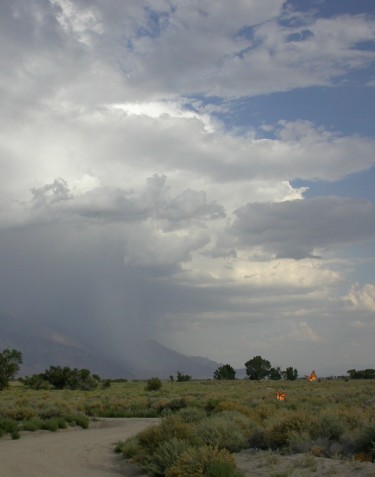
In the 1970s, scientist Edward Lorenz famously asked whether the flapping of a butterfly’s wings in Brazil could lead to a tornado in Texas.
During the decades since, the butterfly effect and chaos theory have sparked countless debates and pop culture references. But the question also holds practical importance: What do small, unpredictable events mean for the future of weather prediction?
A University of Washington study asks whether unobserved, minuscule disturbances—like those from butterfly wings—actually affect weather forecasts. Luckily for those who rely on the weather report, the answer is no.
“The butterfly effect is important, as an example of how errors might theoretically spread to larger scales, but actual butterflies don’t matter for forecasts,” said Dale Durran, a UW professor of atmospheric sciences.
He is lead author of “Thunderstorms Don’t Get Butterflies,” published in the February issue of the Bulletin of the American Meteorological Society.
Read more at UW Today »
